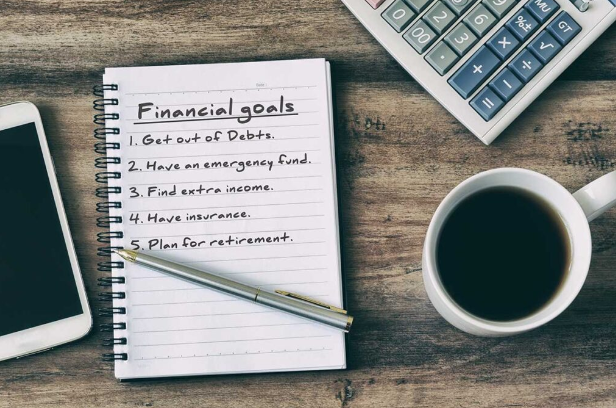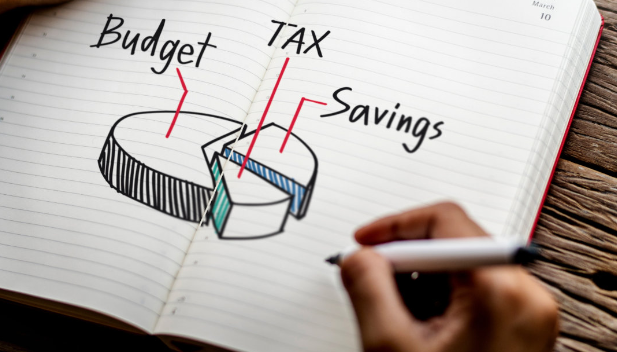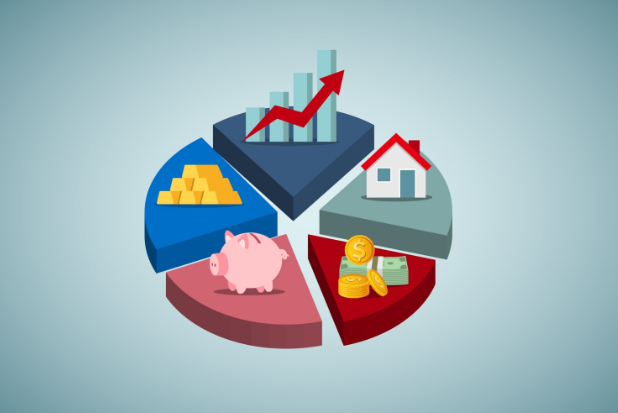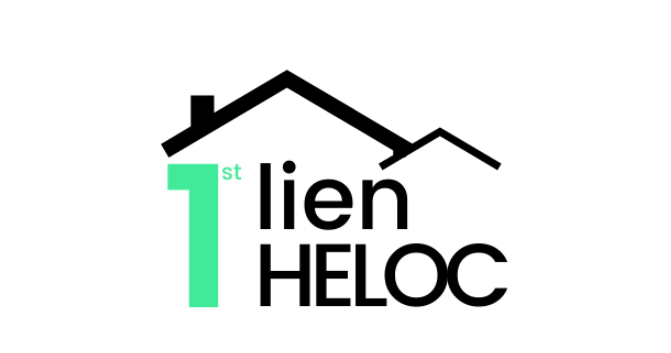
Creating a sustainable financial plan is crucial for achieving long-term financial stability and independence.
A sustainable financial plan is not just about accumulating wealth; it’s about ensuring that your finances are managed in a way that supports your current lifestyle while also preparing for future needs.
This comprehensive guide will walk you through the key elements of building and maintaining a sustainable financial plan, with a special focus on aggressive debt repayment as a strategy to enhance financial freedom.
1. Setting Clear Financial Goals

The foundation of any sustainable financial plan is setting clear, achievable financial goals. These goals should be both short-term and long-term and should cover various aspects of your financial life, such as:
- Emergency Fund: Building an emergency fund that covers 3-6 months of living expenses is essential. This fund acts as a financial cushion in case of unexpected expenses or loss of income.
- Debt Repayment: Aggressively paying down high-interest debt should be a priority. Reducing debt can free up cash flow, reduce financial stress, and improve your credit score.
- Retirement Savings: Contributing regularly to retirement accounts like a 401(k) or IRA ensures that you are prepared for life after your working years.
- Specific Savings Goals: These can include saving for a down payment on a home, a child’s education, or a vacation.
Action Steps:
- Use the SMART criteria (Specific, Measurable, Achievable, Relevant, Time-bound) to set financial goals.
- Regularly review and adjust your goals as needed based on changes in your life circumstances.
2. Creating a Realistic Budget

A sustainable financial plan requires a realistic and well-structured budget that accounts for all income and expenses. A budget helps you track your spending, identify areas where you can cut costs, and allocate money towards your financial goals.
Key Components of a Budget:
- Fixed Expenses: These are regular monthly expenses that do not change, such as rent/mortgage, utilities, and insurance.
- Variable Expenses: These include groceries, dining out, entertainment, and other fluctuating costs.
- Savings and Investments: Allocate a portion of your income to savings accounts, retirement funds, and investment vehicles.
- Debt Repayment: Include aggressive debt repayment as a line item in your budget, targeting high-interest debts first.
Action Steps:
- Use budgeting tools or apps to track income and expenses.
- Review your budget monthly to ensure you are staying on track and make adjustments as needed.
3. Aggressive Debt Repayment Strategies

Paying off debt aggressively is a key component of a sustainable financial plan. High-interest debt, such as credit card debt, can quickly erode wealth and limit your financial flexibility.
Debt Repayment Methods:
- Debt Snowball Method: Focus on paying off the smallest debt first while making minimum payments on larger debts. This method provides psychological wins that can motivate you to continue.
- Debt Avalanche Method: Concentrate on paying off debts with the highest interest rates first, saving more money on interest in the long run.
- Consolidation and Refinancing: Consider consolidating high-interest debts into a lower-interest loan or refinancing your mortgage to lower your monthly payments and interest rates.
Action Steps:
- Choose a debt repayment method that aligns with your financial situation and personality.
- Consider using any windfalls, such as tax refunds or bonuses, to make extra payments towards your debt.
4. Building a Diversified Investment Portfolio

Investing is a critical part of building wealth and achieving financial independence. A diversified investment portfolio helps to spread risk and optimize returns over the long term.
Investment Strategies:
- Stocks and Bonds: Balance your portfolio with a mix of stocks (for growth) and bonds (for stability).
- Real Estate: Consider real estate investments as a way to diversify your portfolio and generate passive income.
- Retirement Accounts: Maximize contributions to tax-advantaged retirement accounts like 401(k)s, IRAs, or Roth IRAs.
- Index Funds and ETFs: Low-cost index funds and ETFs are a great way to diversify your investments and minimize fees.
Action Steps:
- Regularly review and rebalance your investment portfolio to align with your risk tolerance and financial goals.
- Consider working with a financial advisor to create an investment strategy tailored to your needs.
5. Implementing Tax-Efficient Strategies

Effective tax planning can enhance your ability to save and invest, playing a key role in a sustainable financial plan. Here are some tax-efficient strategies to consider:
- Tax-Advantaged Accounts: Maximize contributions to accounts like HSAs, 401(k)s, and IRAs to reduce taxable income.
These accounts provide tax-deferred or tax-free growth, depending on the type of account.
For example, contributions to a traditional IRA or 401(k) reduce taxable income in the contribution year, potentially lowering your overall tax burden during high-earning years【Source: IRS】.
- Capital Gains Strategies: Be strategic about the timing of asset sales to minimize taxes. Long-term capital gains (assets held over a year) are taxed at a lower rate than short-term gains.
Engaging in tax-loss harvesting—selling investments at a loss to offset gains—can further reduce your tax liability【Source: Investopedia】.
- Deductions and Credits: Leverage all available tax deductions (like mortgage interest or charitable donations) and credits (such as the Child Tax Credit or education credits) to decrease your taxable income and tax owed【Source: TurboTax】.
Action Steps:
- Stay Updated on Tax Laws: Regularly check resources like the IRS website to keep up with changes that might affect your strategy.
- Consult a Tax Professional: A tax advisor can help customize your approach based on your unique financial situation and ensure you’re taking advantage of all available tax benefits.
6. Regularly Reviewing and Adjusting Your Plan

A sustainable financial plan is not a set-it-and-forget-it strategy. It requires regular review and adjustments to stay aligned with your goals and changing circumstances.
Review Strategies:
- Annual Financial Checkups: At least once a year, review your financial goals, budget, investments, and debt repayment progress.
- Adjust for Life Changes: Major life events such as marriage, divorce, a new job, or the birth of a child may require adjustments to your financial plan.
Action Steps:
- Set reminders for regular financial checkups.
- Be proactive in adjusting your plan in response to life changes or market conditions.
A Holistic Approach to Financial Sustainability
Building a sustainable financial plan requires a holistic approach that includes setting clear goals, budgeting, aggressive debt repayment, smart investing, tax-efficient strategies, and regular reviews.
By integrating these elements into your financial strategy, you can create a plan that supports both your current and future needs, ensuring long-term financial stability and independence.

Ready to take control of your financial future?
Start by using the First Lien HELOC Calculator to explore how leveraging your home equity can help expedite your debt repayment and build a sustainable financial plan today!
FirstLienHELOC.com and its affiliates do not provide tax, legal or accounting advice. This material has been prepared for informational purposes only, and is not intended to provide, and should not be relied on for, tax, legal or accounting advice. You should consult your own tax, legal and accounting advisors before engaging in any transaction.

